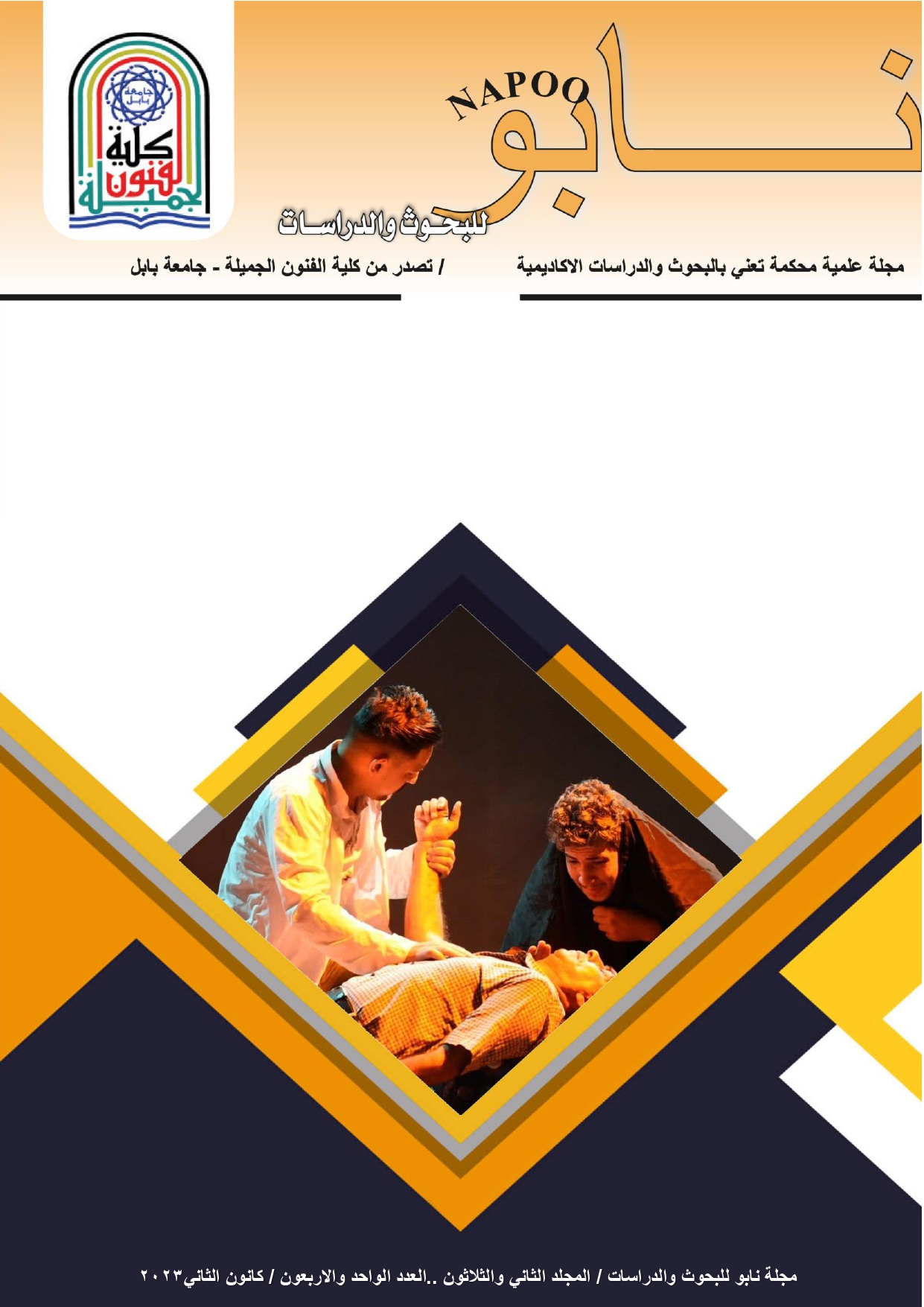Embedding works in conflicting formats Masculinity and femininity in (The Merchant with the goblin) 's tale as an example
Abstract
Abstract:
This critical examination worked on a renaissance narrative technology, upon which the narrative is based, and promotes its data, its diversity, and its formal and qualitative pluralities, trying to monitor its effectiveness in the literary text, and follow up its creation and stages of its perception in the body of the text, and the semantic and moral aesthetics it brings, which enables the literary text to reach His far-reaching goals are to achieve the legitimacy of his creativity of excellence, richness and diversity.
Perhaps, we do not exaggerate if we say, that inclusion is one of the narrative elements that narration, ancient and modern, cannot cancel its existence, or dispense with it, in any case.It is an inevitable condition, an aesthetic and a tasteful goal, as well as a formal function that it occupies in the fabrication of temporal cracking and the destruction of its monotony, and the fabrication of a beautiful gesture within the orbits of textual art.
This review came to define its idiomatic metaphor, to know its creative formations, its narrative variations, and what it brings to the text of aesthetic contents and creative references.
Through its multiple functions and aesthetic creations, revealed by a heritage text full of technical and semantic data, it defines for us the most prominent role that embedding technology plays in drawing the features of tales, controlling their artistic rhythm, and the diversity of their creative data in the tales of One Thousand and One Nights.
key words: Embedding, One Thousand and One Nights, formal and aesthetic functions, embedded tale




